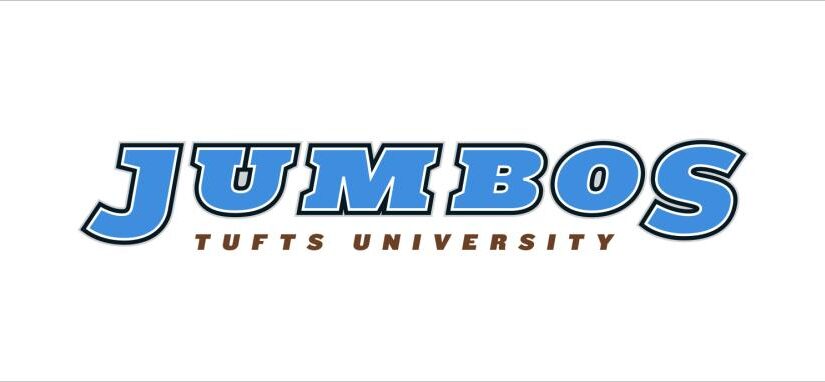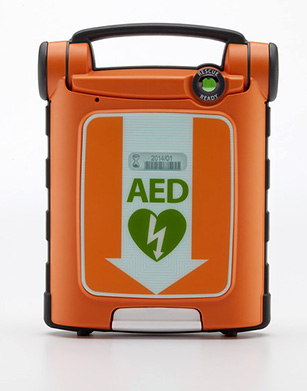Current Innovations with Stem Cells & Platelet-Rich Plasma
When it comes to innovative treatment options, Platelet-Rich Plasma (PRP) and stem cell therapy comes up a lot. But what is the level of understanding of these regenerative medicines among the average person? The goal of regenerative medicine is to stimulate the body to heal itself, utilizing the person’s natural healing abilities. To understand PRP vs stem cell treatments, you need to know more about the science behind each.
Dr. Allan Mishra is an orthopedist who specializes in sports medicine for the Menlo Medical Clinic in California, which is part of the Stanford Health Care system.

Coach & AD: You’ve seen the development of PRP injections from the ground up. What are some of the changes with PRP over the years that have made this come to the forefront, where we now see big-time athletes turning towards this option depending on the injury?
Dr. Allan Mishra: Ten, 15 years ago, using a component of your own blood to treat a tendon or a ligament injury or knee osteoarthritis or degenerative disc disease, I think, was considered flat out crazy. I know that when I first started doing it, people were highly skeptical — and appropriately so because there was no data to support the use of PRP or stem cells as preparations for a variety of different athletic or sports medicine disorders.
So, I went about it as scientifically as I possibly could. We did, initially, a pilot study — a small number of patients, but controlled — and found that using your own blood in the form of Platelet-Rich Plasma was effective in a small pilot study. Then we did a large prospective randomized trial of 230 patients (at) 12 centers across the United States. We gathered elite data showing that PRP worked for tennis elbow.
I’ve also done some basic science studies that have shown that PRP can help stem cells proliferate. I also have some other data that shows that PRP helps if I injected your patellar tendonitis or your elbow. PRP acts as what’s called a chemoattractant, or it sort of pulls at your stem cells. Because I actually didn’t understand completely how a single injection of PRP would make such a big difference.
Right now in the United States using stem cells, or providing different versions is very challenging because (of) the regulations; it’s not necessarily used that often. (The use of stem cells is) most often just in clinical trials, but PRP is widely used. Unstaggered. Flat out staggered how much PRP is used across the country and the world.
CAD: You brought up how early on when you first looked into PRP, people were asking questions about it. I know with stem cells when I see “stem cell” attached to anything, there’s always this apprehension. Do you still hear questions when it comes to that? And what’s the difference between PRP and stem cell injections?
Dr. Mishra: The medical dictionary definition of a stem cell has kind of changed. So I think when people use that, the people who are promoting it sometimes are not necessarily using it in an appropriate scientific mirror, basically specialized human cells that can develop into different cell types.
But I think one thing that’s fair to say is that people who are claiming to inject stem cell preparations are not always doing that. I don’t know all the regulatory parts of it, but (I do know) the regulatory parts of it in the United States are different than it is outside the United States. So, people who truly want stem cell preparation, more often than not, they’re going to be going into Europe or some other country. Because they are regulated in a very different way than Platelet-Rich Plasma is.
Answering the other part of your question: from 2006 to 2020, the data is staggering better.
Another important component of the equation that’s important to understand is not all PRP is the same. I’ll see people for second opinions who’ve been somewhere else and (I’ll ask), ‘What’d you have?’ And they’re like, ‘Well, I had PRP.’ Well, what type of PRP? And the reason that’s important is the different types of PRP function differently. When you talk about attracting stem cells.
CAD: At first, I looked at PRP and stem cell injections as, ‘Is it like Pepsi and Coke,” or something to that end. Now it seems like PRP is on a totally different level. Like you said, there are multiple different types of PRP injections.
Dr. Mishra: They’re actually radically different. Stem cells are just a completely different animal than PRP.
Most PRP has a few stem cells in it. Within your bone marrow are a variety of different types of stem cells. That is within all of your tissues, including tendon tissues, there are stem cells. They’re just in small quantities. As we get older, we have a diminished number of stem cells, and that’s one marker of aging.
If you’re trying to collect or inject stem cells, you have to have a way of harvesting them. That’s much more complicated than it is for PRP. You can get stem cells, for instance, out of fat in some forms, you can get it out of your bone marrow, you can get it out of different types of tissues, but it’s complicated.
Then the other side of the equation is PRP, which I’ll explain as if you were coming in to see me for tennis elbow. You come in, you’re an elite or a weekend warrior kind of player. You’ve had this pain, and it can come from playing tennis, golf, it can come from repetitive things like too much time on the computer. You’ve tried a variety of different options. PRP should not be used as a first line, but if you’ve had (the injury) for, say, three months, and you’ve been trying other things, PRP becomes an interesting option.
I think this is one of the primary reasons why it has exploded. Let’s say we’ve tried everything else. What are we going to do now? Well, let’s take you to surgery. So PRP has, for instance, in England radically decreased the number of tennis elbow surgeries because PRP for tennis elbow is about 85 to 90 percent successful at preventing you from needing elbow surgery.
So I would say, ‘I can operate on you, or I can inject you with PRP. It may be slightly better if I operated on you and added PRP, but I probably got between an eight and a nine out of 10 chance that I could prevent you from needing something further if we had treated you with PRP. And it’s a pretty easy discussion.
OK, well, how do we do it? We draw about the same amount of blood that we would draw if we were going to check your cholesterol. We do it in the office. I numb up your elbow and it takes about 20 minutes to process the blood into the Platelet-Rich Plasma, which is concentrating out your blood — where we remove the red blood cells, we remove most of the plasma and Platelet-Rich Plasma is just concentrated platelets in a small amount of plasma.
If we take 30 cc’s (cubic centimeters) of your blood and we get down to about three cc’s of PRP, then after numbing up your elbow, we inject it into your elbow, I put a big band-aid on your elbow. And you go.
CAD: It sounds so simple.
Dr. Mishra: That is just a microcosm of what’s happening all over the place.





